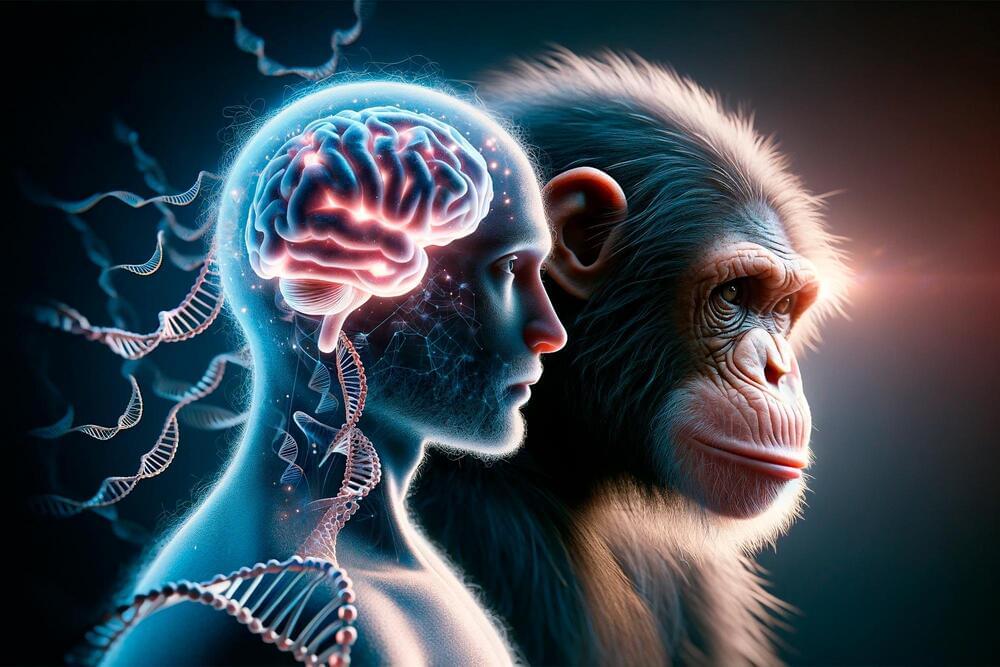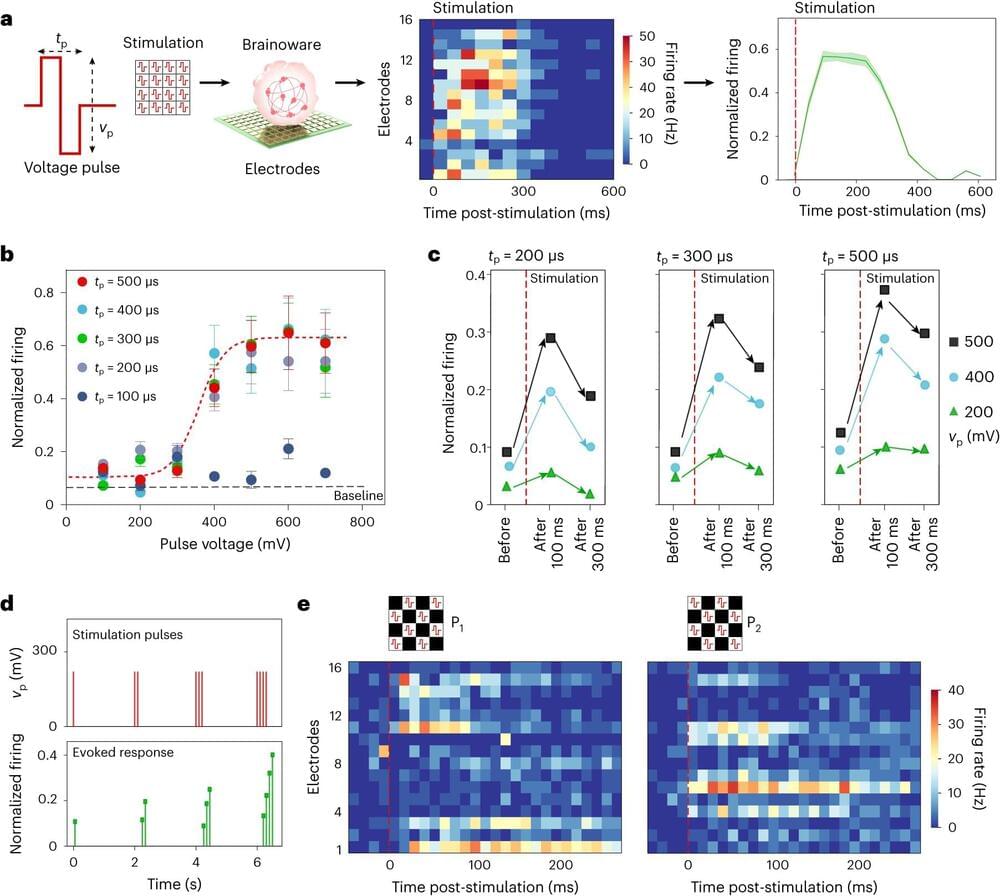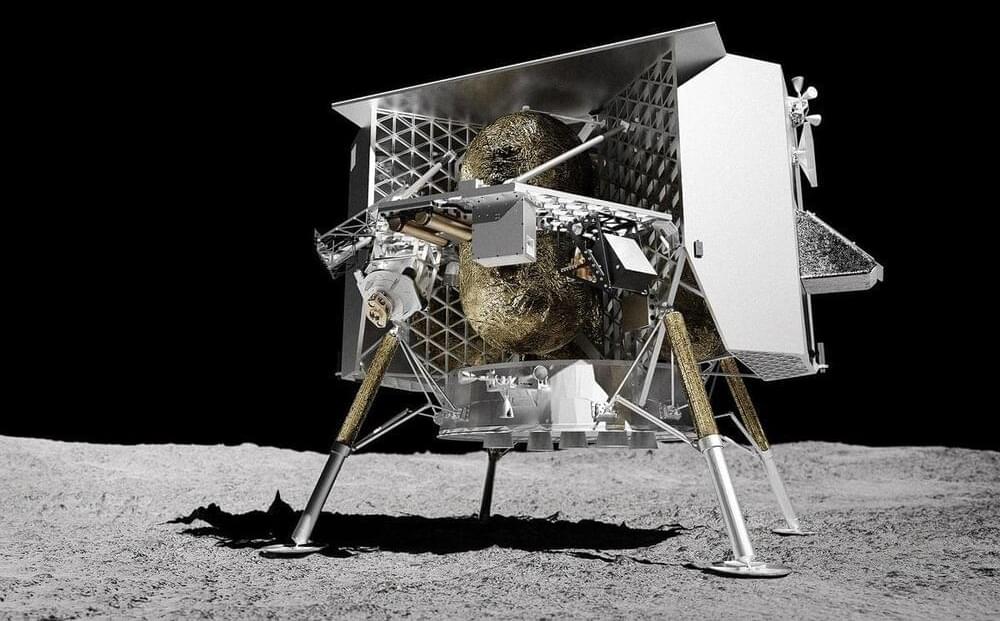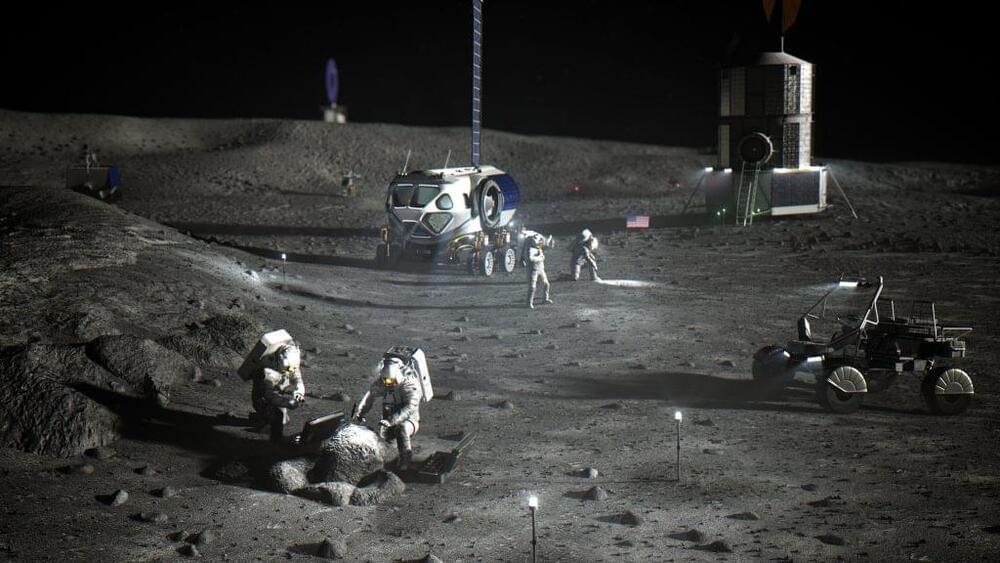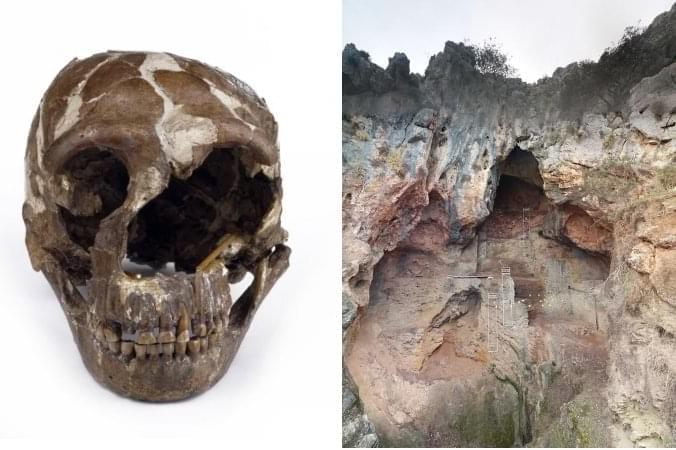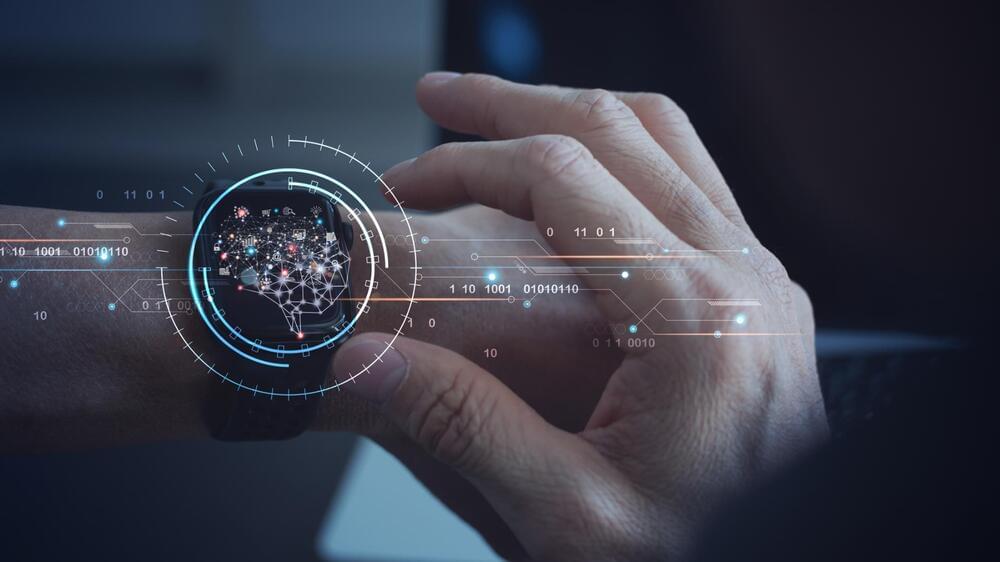New research enhances hybrid supercapacitors by creating more efficient electrodes, marking a significant step forward in energy storage technology.
Like batteries, supercapacitors are a type of energy-storage device. However, while batteries store energy electrochemically, supercapacitors store energy electrostatically—through the buildup of charge on their electrode surfaces.
Hybrid supercapacitors (HSCs) combine the advantages of both systems by incorporating battery-type and capacitor-type electrodes. Despite synthesis techniques that allow the active components in HSC electrodes to grow directly on conductive substrates without added binders (“self-supporting” electrodes), the fraction of active material in these electrodes has remained too low for commercial requirements.

